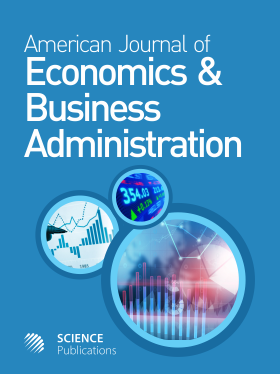Accelerators in Macroeconomics: Comparison of Discrete and Continuous Approaches
- 1 Lomonosov Moscow State University, Russia
Abstract
We prove that the standard discrete-time accelerator equation cannot be considered as an exact discrete analog of the continuous-time accelerator equation. This leads to fact that the standard discrete-time macroeconomic models cannot be considered as exact discretization of the corresponding continuous-time models. As a result, the equations of the continuous and standard discrete models have different solutions and can predict the different behavior of the economy. In this study, we propose a self-consistent discrete-time description of the economic accelerators that is based on the exact finite differences. For discrete-time approach, the model equations with exact differences have the same solutions as the corresponding continuous-time models and these discrete and continuous models describe the same behavior of the economy. Using the Harrod-Domar growth model as an example, we show that equations of the continuous-time model and the suggested exact discrete model have the same solutions and these models predict the same behavior of the economy.
DOI: https://doi.org/10.3844/ajebasp.2017.47.55

- 7,095 Views
- 3,389 Downloads
- 4 Citations
Download
Keywords
- Macroeconomics
- Accelerator
- Harrod-Domar Growth Model
- Finite Difference
- Exact Difference
